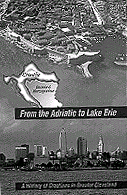|
|
|

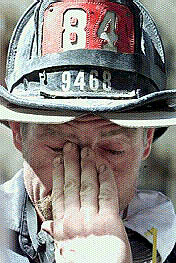 Thousands of people were killed, massacred, and many others taken to concentration camps. All this was done in the name of an ideology and Serb national vision known as "greater Serbianism."
Thousands of people were killed, massacred, and many others taken to concentration camps. All this was done in the name of an ideology and Serb national vision known as "greater Serbianism."  symposiums held in Chicago and Toronto.
symposiums held in Chicago and Toronto.  with the "real" world. His conversations are with his intimate self and his companions in spirit, whom he never chanced to meet but who all reflected on the same themes. Publisher
with the "real" world. His conversations are with his intimate self and his companions in spirit, whom he never chanced to meet but who all reflected on the same themes. Publisher 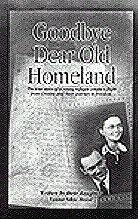 Communist Croatia after World War II, and their journey to freedom.
Communist Croatia after World War II, and their journey to freedom. 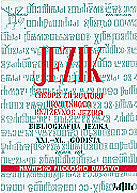 5 times/yr. Annual foreign subscription: 30 DEM. Editorial address: Urednistvo Jezika, Bijenicka 97, 10 000 Zagreb, Croatia. Tel. 385-1- 234-7229. Subscription address: Skolska knjiga (za Jezik), Masarykova 28, 10 000 Zagreb, Croatia. E- mail:skolska@skolskaknjiga.hr
5 times/yr. Annual foreign subscription: 30 DEM. Editorial address: Urednistvo Jezika, Bijenicka 97, 10 000 Zagreb, Croatia. Tel. 385-1- 234-7229. Subscription address: Skolska knjiga (za Jezik), Masarykova 28, 10 000 Zagreb, Croatia. E- mail:skolska@skolskaknjiga.hr 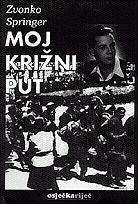 krizni put. Vinkovci: Rijec, 1999. 367 p.
krizni put. Vinkovci: Rijec, 1999. 367 p. 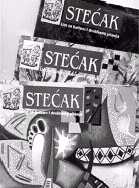 Sarajevo by Croatian Cultural Society Napredak
Sarajevo by Croatian Cultural Society Napredak 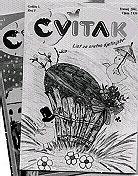 Its founder and editor is a Croatian writer and poet, Kresimir Sego.
Its founder and editor is a Croatian writer and poet, Kresimir Sego. 